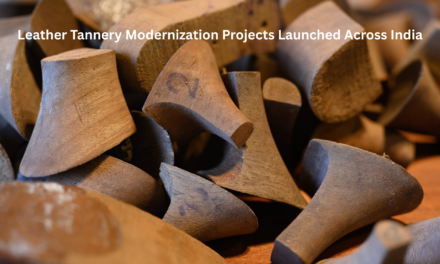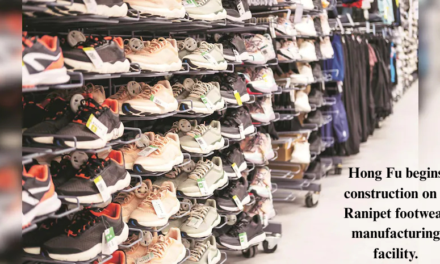India’s leather industry, despite being one of the largest in the world, is grappling with challenges that are stifling its growth and global competitiveness. The lack of investment in Research and Development (R&D), inadequate funding, and a short-term vision among stakeholders have emerged as significant barriers to innovation and expansion in the sector.
While countries like Italy and Vietnam focus on advanced technology, product design, and sustainability, Indian leathermakers have struggled to keep pace due to limited R&D initiatives. This has resulted in outdated manufacturing processes and a failure to tap into emerging trends like plant-based leather and sustainable tanning methods, which are increasingly favored in global markets.
Funding constraints further exacerbate the issue, particularly for micro, small, and medium enterprises (MSMEs) that dominate the sector. Without sufficient capital, these businesses find it challenging to upgrade machinery, adopt eco-friendly practices, or develop innovative products. Additionally, the absence of a cohesive, long-term vision to modernize the industry has led to fragmented growth, with many players unable to scale operations or compete with global leaders.
Industry experts and trade bodies have called for greater government support, including financial incentives, establishment of innovation hubs, and enhanced collaboration between academia and industry to foster research. By addressing these challenges, India can unlock the full potential of its leather sector, positioning itself as a global leader in quality, sustainability, and innovation.







